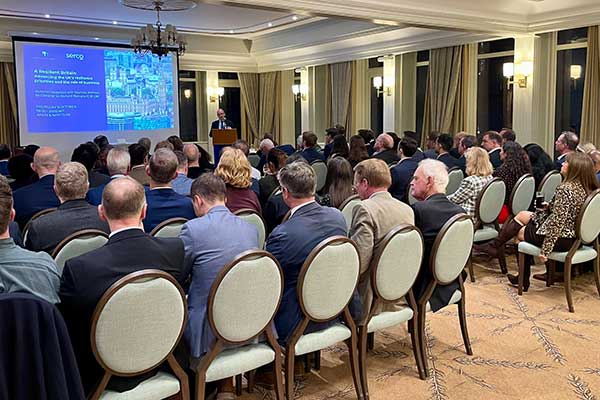Here is an unedited version, with references, of the article that appeared in the October edition of Professional Security magazine, Vol 30/10, p 28.
Introduction
There have been many triggers to social disorder in this country over the centuries. Some have been unremarkable in themselves: the overly harsh sentence passed on Eliza Stafford in Leeds for ‘stealing dripping’ in 1865 led to protests by 15,000 and one death. Others have more serious undertones: the shooting of Mark Duggan in London, combined with rumours of a 16-year-old girl being injured by police at a protest, led to wide-scale rioting and looting across several cities in 2011.
Pressures
What is the prospect of social unrest as a consequence of Covid-19? There are undoubtedly pressures building. With the prospect of around 10% of the work force becoming unemployed when the furlough period ends in October, coupled with an increasing level of homelessness as protection from eviction by landlords ceases in September, then it is not hard to see a rising swathe of discontent, albeit from a minority. On top of that dissatisfaction, one can include the Black Lives Matter movement and counter-protests by the extreme right-wing, growing protest as the HS2 rail project advances, ongoing XR activities in connection with the climate emergency, not to mention the trend for illegal raves. If two or more of these issues escalate and coincide then they may challenge the police’s ability to cope.
This prospect was discussed in an advisory report by the government’s Scientific Advisory Group for Emergencies (SAGE) dated on 2 July (released on 7 August) and titled ‘Public Disorder and Public Health: Contemporary Threats and Risks SPI-B Policing and Security sub-Group’. It makes some disturbing reading. (Reference 1)
The introductory paragraph of the report reads: ‘In the next few weeks and months the UK will face grave challenges to public order. The situation is volatile and highly complex. Tensions resulting from the pandemic and lockdown have become inextricably bound with structural inequalities and international events. While widespread urban disorder is not inevitable, currently, the situation in the UK is precariously balanced and the smallest error in policing (whether perceived or real, inside or outside the UK) or policy could unleash a dynamic which will make the management of COVID-19 all but impossible. Put simply, a serious deterioration of public order could overwhelm all attempts to control contagion, overwhelm hospitals, the criminal justice system and hinder revival of the economy.’
What some think
A survey by a Master’s student at University College London, Julia Lobnig, has echoed some of these concerns. Results from a small but representative sample of respondents on the prospect of social unrest indicated that round two-thirds of respondents expected civil disorder, with around half expecting rioting. Furthermore, approximately 60% of respondents expected personal safety issues, with around half predicting an inability to travel and loss of access to a site. As for preparedness, the average level of preparedness was estimated as 70%. However, only around a half had implemented an assessment of the risks, meaning that the other half had either not assessed it at all or only at a basic level.
In terms of when unrest may occur, a third of respondents in the survey expected it during lockdown but 18% expected it some 6-9 months later. Nevertheless, the longer-term implications of unemployment, particularly with the younger generation, may lead to a greater degree of societal disconnection and a lack of commitment to collective norms; they may simply not believe they have a stake in society. This sentiment could be expressed through increasing levels of street crime and anti-social behaviour.
These issues could become major challenges on top of the pandemic. They will require careful management and a strong element of resilience. Without doubt, it is better to be prepared than to be caught off guard by a threat that we have long witnessed in this country down the ages.
References:


